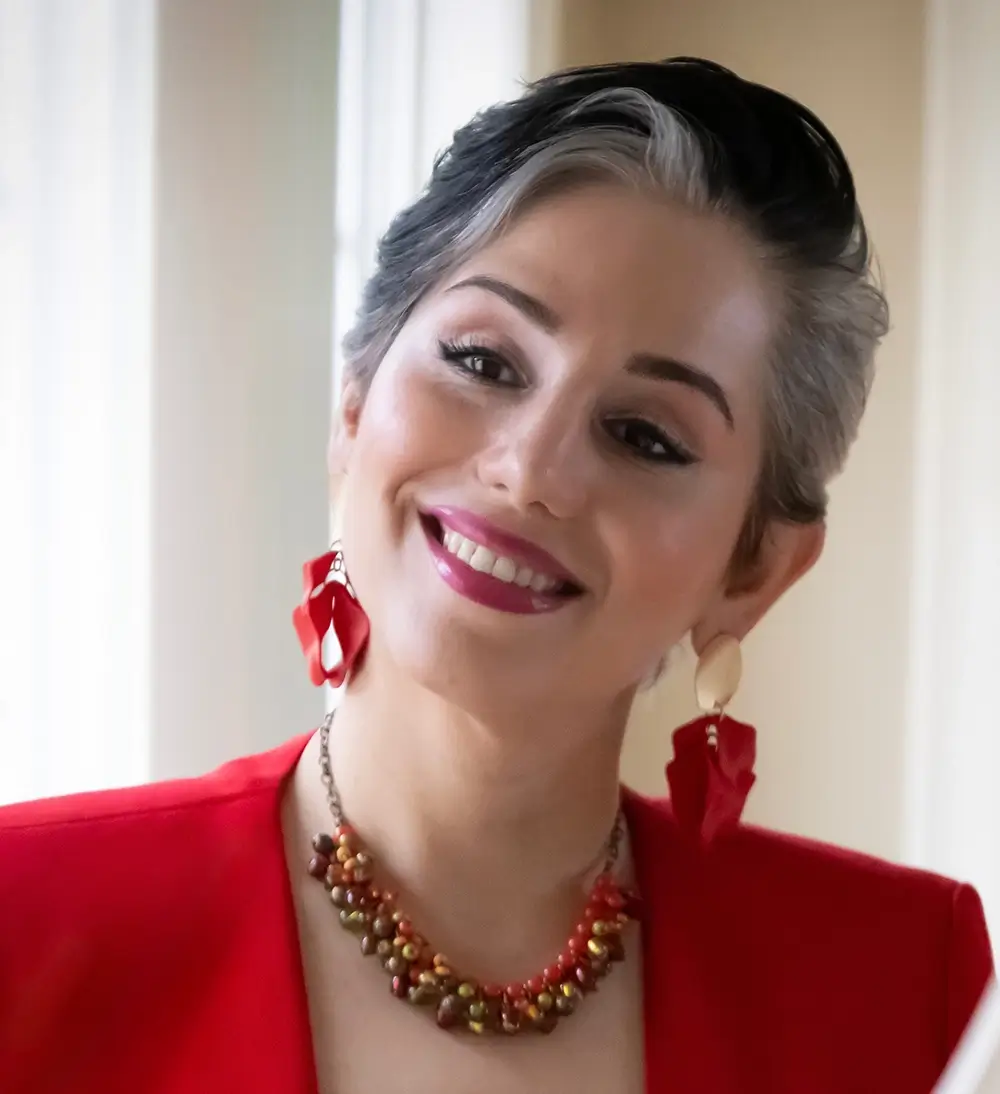Nazanin Alipour Jeddi, known as Sitaaj, is a self-taught freelance photographer and translator
born in Tehran, Iran, and currently residing in the United States. She specializes in capturing the
nuanced experiences of women, exploring themes of gender, identity, and cultural dynamics.
Sitaaj's photography has been exhibited internationally and recognized with multiple awards. Her
work highlights the profound interplay between women's experiences and the cultural systems
surrounding them, fostering dialogue and understanding through her art.
In addition to her photography, Sitaaj is an accomplished translator. Her fifth translated book,
Howto Be an Artist, was recently published in Tehran. Through her creative work and
translations,
Sitaaj seeks to inspire and empower individuals to pursue their passions, regardless of their
backgrounds or circumstances. Photography remains her true passion, providing a medium to tell
compelling and meaningful stories.
Lingering Shadows
The photography series "Lingering Shadows" is an attempt to capture the
simple yet complex and hidden moments that women experience in their
everyday lives. These images use the color blue to emphasize the often
invisible fatigue—an endless cycle of tasks that, despite their importance,
sometimes feel futile and unproductive. The dominant presence of blue
conveys a deep sense of coldness and isolation.
The goal of this series is to invite viewers to rethink the aspects of women's
lives that often go unnoticed. Simple moments, such as drinking tea,
preparing food, or a brief pause amid the daily chaos, take on new meaning in
these images, representing the emptiness, futility, and underlying
complexities in these seemingly ordinary experiences.
These photos are not only a personal narrative but also a reflection of the
collective experience of women around the world.
